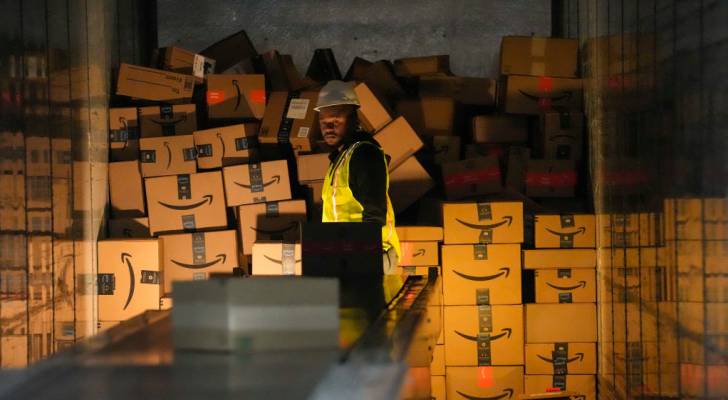Online shopping has increased in recent years – as well as return. The ease of clicking Add to Cart has led many users to buy their purchases and send items back.
But who returns the most? Surprisingly, these are not hunters of deals or budget buyers-these are wealthier households, driven by what experts call “speculative shopping”.
The Institute for the Bank of America of 2025 (1) found that higher-income households returned 5.3% of their purchases, compared to only 3.7% for lower income households. And with the increase in return on return – Optoro reports that 46% of consumers now return items many times a month – this change forces retailers to rethink how they handle their restoration, delivery and logistics policies.
More useful users are more likely to buy speculative -buying items that they are not sure to intend to return some or all of them. This includes practices such as brackets where buyers order many sizes, colors or versions of a product and keep only what works.
“This will probably be a little easier for someone who has a higher income,” says David Tinsley, a senior economist at the Institute of the Bank of America. In contrast, lower-income buyers are less inclined to bind money to purchases they may not keep.
This trend is not new – this is an online version of the right room. The difference? Returns to e -commerce come with steep costs. Unlike the return to the store, which can take a few minutes to recover, online return includes delivery, processing and repackage of costs.
In 2024 alone, US traders expected nearly 17% of total sales to be returned, costing $ 890 billion to the eye, according to the National Retail and Happy Returns Federation (3).
To compensate for these increasing costs, many retailers tighten their return policies:
-
Return fees fee: About two -thirds of retailers apply fees for at least one return method in 2024.
-
Shopping to return windows: What was once a 180-day return policy can now be as short as two days.
-
Restricting Returning items: Some categories – such as clearance or swimwear – are now a final sale.
There is also an environmental impetus behind repression. Return delivery increases carbon emissions and packaging waste, prompting some brands to prefer the store loan or exchanges in the event of complete repayments.
Read more: Rich, young Americans are spreading stocks – Here are the alternative assets that instead bank
Speculative buying can be felt as an intelligent way of shopping, but it comes with risks. For example, tougher return windows, recovery fees or more -forgetting to return something and get stuck with an unwanted, expensive item.
Instead, here are more intelligent ways to shop online and avoid unnecessary returns:
Before clicking “Add to the Cart,” check the reviews in multiple sites. Look for feedback on adaptation, quality and common problems. Photos and videos from real buyers can give you a more accurate meaning of what to expect.
Shopping personally allows you to try or test items before you buy. Many local stores offer easier, often free return as there is no delivery cost. Even if you end up buying online, viewing the item in the store can first help you avoid return.
Never accept that the return is free. Review the taxi policy, deadlines or exceptions to articles-especially on clothes or items with large tickets. By tightening the return rules, it is essential to know the conditions before engaging.
If you think you can return something, set a reminder in your phone or calendar. This prevents missed windows and unwanted fees – especially for return goods or free trial periods.
Some credit cards offer extended return protection or allow you to challenge a fee if the item does not arrive or is not described. Just be sure to check the terms of the card to know what is covered.
Although speculative shopping can be managed for higher-income households, this is not always the most profitable option. A little study, before you buy, can save you money, time and powerlessness – and help you shop with more confidence.
Stay on knowledge. Join 200,000+ readers and get the best from Moneywise, sent straight to your inbox every week for free. Subscribe now.
Money, we consider it our responsibility to produce accurate and reliable content that people can count on to inform their financial decisions. We rely on graduated sources such as government data, financial records and expert interviews and emphasize the authentic reporting of third parties when appropriate.
** We are committed to transparency and accountability, correcting open errors and sticking to the best practices of the journalistic industry. For more details, see our editorial ethics and guidance.) (Https://moneiwise.com/editorial-ethics-and-Guidelines#).*)
(1). The Institute of the Bank of AmericaS “Buy now, return later: retailers pay for customers’ loyalty”
(2). OptoroS “With the return of fraud and abuses in the rise and 69% of buyers recognize in the wardrobe, with 64% doing at least once a month”
(3). National Retail and Happy Returns FederationS NRF and Happy Returns 2024 Retail Industry Return
This article only provides information and should not be interpreted as advice. It is provided without a guarantee of any kind.

